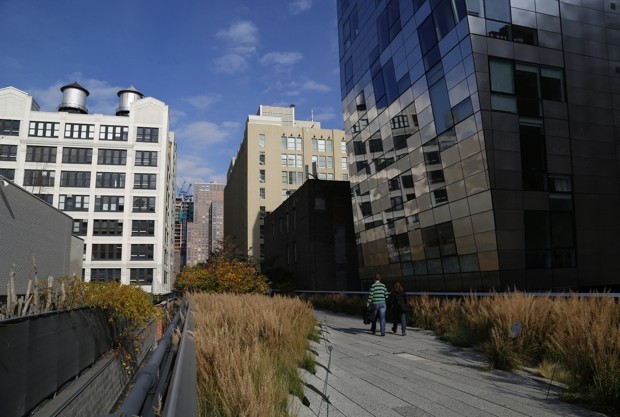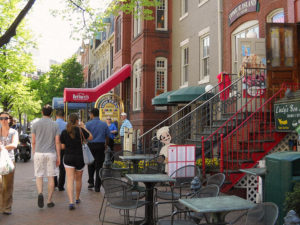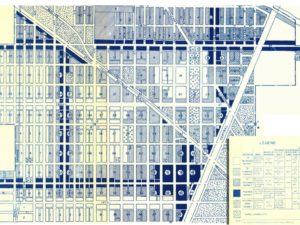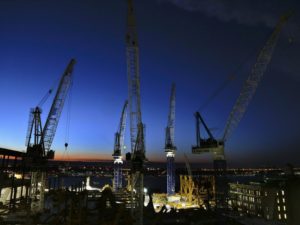
Laura Bliss reports for CityLab: “When Robert Hammond first conceived of turning a disused elevated railway on Manhattan’s West Side into a high-design ‘linear park,’ he thought it would attract maybe 300,000 visitors a year. He and co-founder Joshua David didn’t really think about what the High Line could do to the neighborhood, apart from adding a little extra breathing room. “In 2016, seven years after it opened, nearly 8 million bodies would flock to the High Line—that’s more visitors than to any other destination in New York City. With those visitors came riches the park’s founders never predicted: Between the glossy condos, eateries, and museums that have flowered around its steel girders, the High Line is set to generate about $1 billion in tax revenues to the city over the next 20 years. “By these measures, the High Line is a runaway success. But by one critical metric, it is not. Locals aren’t the ones overloading the park, nor are locals all benefiting from its economic windfall. The High Line is bookended by two large public housing projects; nearly one third of residents in its neighborhood, Chelsea, are people of color. Yet anyone who’s ever strolled among the High Line’s native plants and cold-brew vendors knows its foot traffic is, as a recent City University of New York study found, ‘overwhelmingly white.’ And most visitors are tourists, not locals. “‘We were from the community. We wanted to do it for the neighborhood,’ says Hammond, who is now the executive director of Friends of the High Line, the nonprofit that funds, maintains, programs, and built the space (New York City owns it, and the parks department helps manage it). ‘Ultimately, we failed.'”







